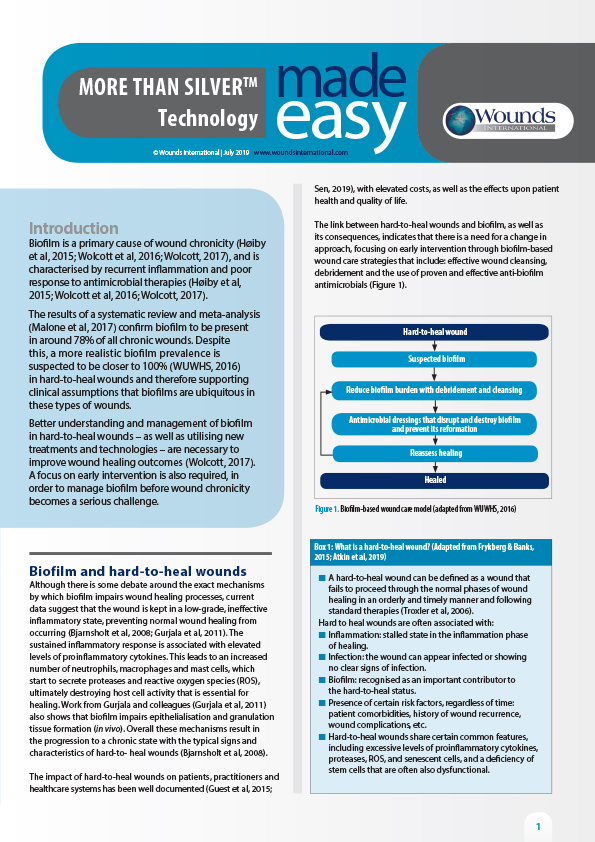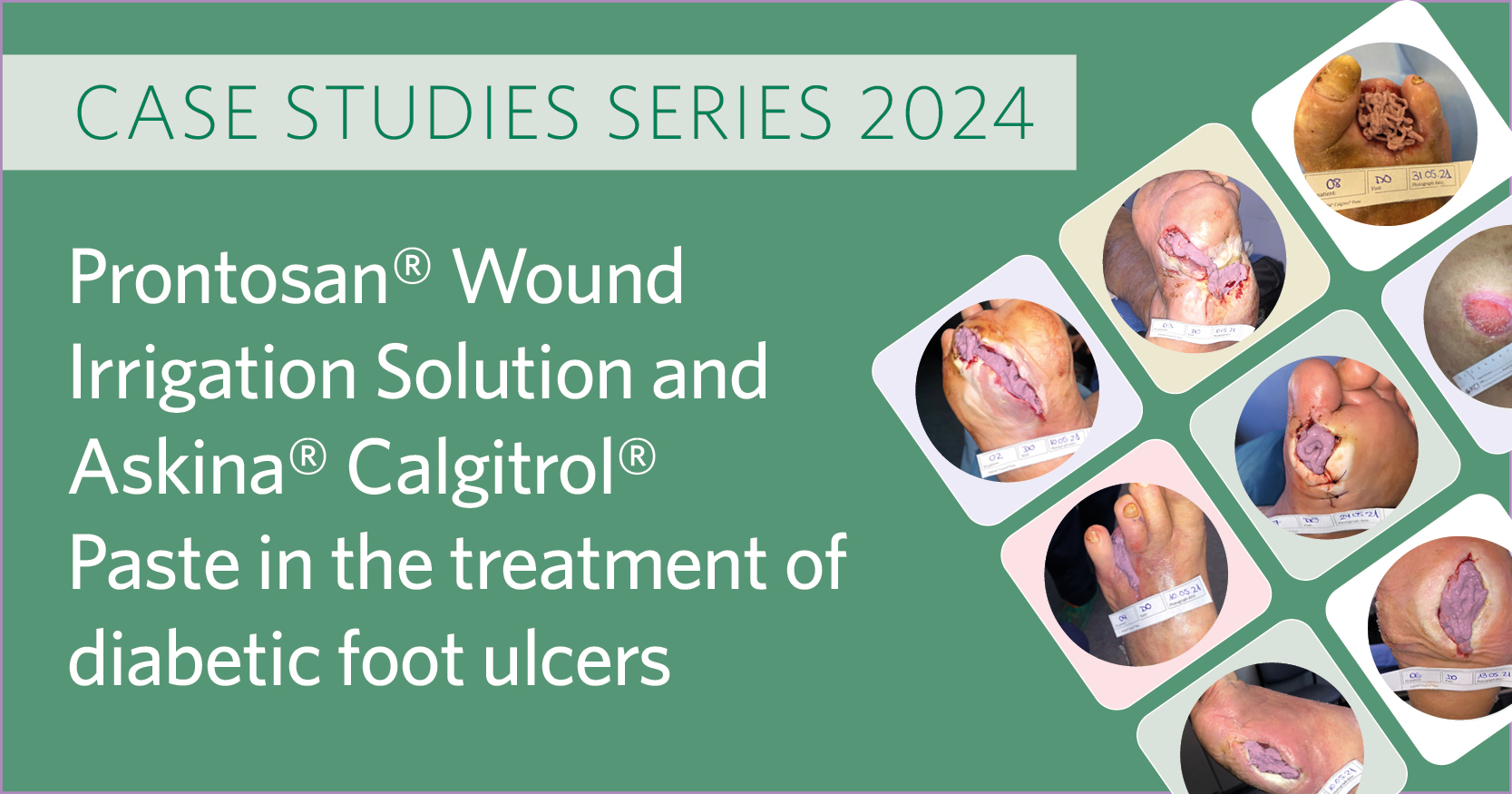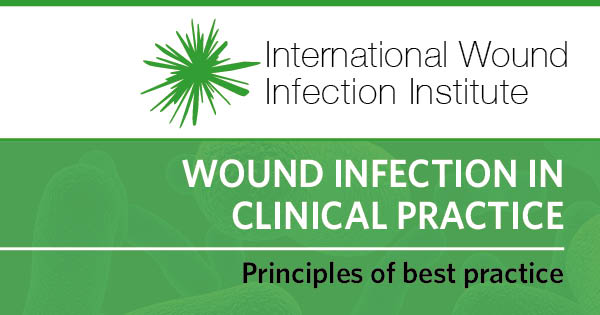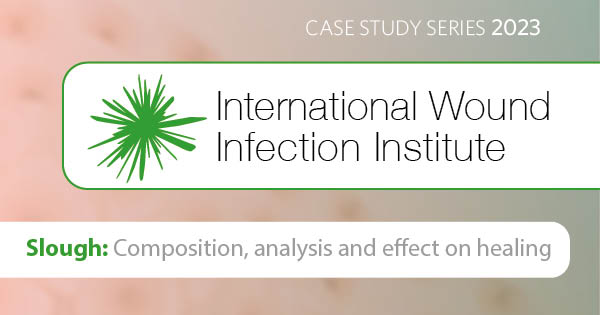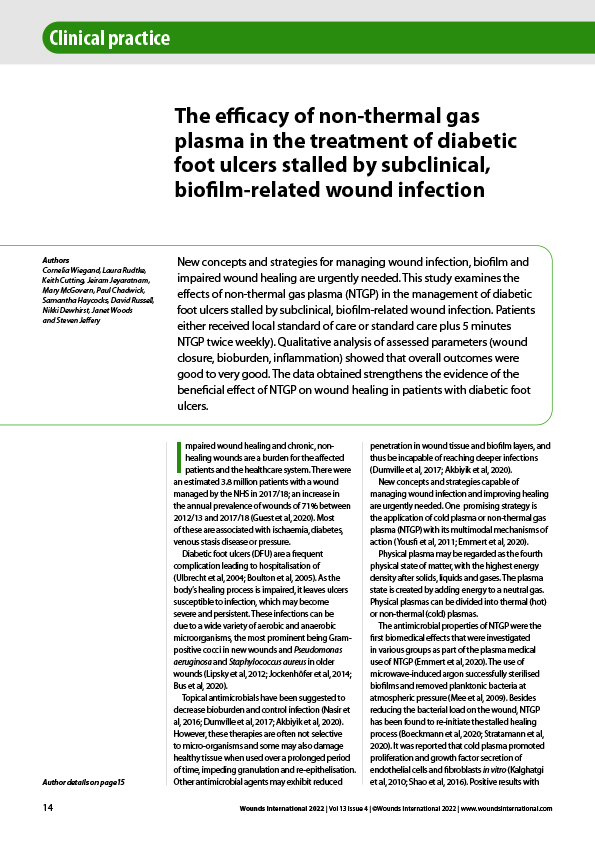Biofilm is a primary cause of wound chronicity (Høiby et al, 2015; Wolcott et al, 2016; Wolcott, 2017), and is characterised by recurrent inflammation and poor response to antimicrobial therapies (Høiby et al, 2015; Wolcott et al, 2016; Wolcott, 2017).
The results of a systematic review and meta-analysis (Malone et al, 2017) confirm biofilm to be present in around 78% of all chronic wounds. Despite this, a more realistic biofilm prevalence is suspected to be closer to 100% (WUWHS, 2016) in hard-to-heal wounds and therefore supporting clinical assumptions that biofilms are ubiquitous in these types of wounds.
Better understanding and management of biofilm in hard-to-heal wounds – as well as utilising new treatments and technologies – are necessary to improve wound healing outcomes (Wolcott, 2017). A focus on early intervention is also required, in order to manage biofilm before wound chronicity becomes a serious challenge.
Supported by ConvaTec

